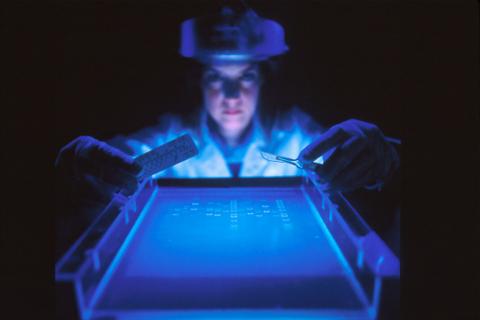
What makes Delos different?
We make connective software.
The Digital Library universe is a complex framework. The growth and evolution of this
framework in terms of approaches, solutions and systems has led to the need for common
foundations capable of setting the basis for better understanding, communicating and
stimulating further evolution in this area. The DELOS Digital Library Reference Model aims
at contributing to the creation of such foundations. It exploits the collective understanding on
Digital Libraries that has been acquired by European research groups active in the Digital
Library field for many years, both within the DELOS Network of Excellence and beyond, as
well as by other groups around the world. It identifies the set of concepts and relationships
that characterise the essence of the Digital Library universe. This model should be considered
as a roadmap allowing the various players involved in the Digital Library domain to follow
the same route and share a common understanding in dealing with the entities of such a
universe.
This volume presents the DELOS Reference Model by introducing the principles governing it
as well as the set of concepts and relationships that collectively capture the intrinsic nature of
the various entities of the Digital Library universe. Because of the broad coverage of the
Digital Library universe, its evolving nature, and the lack of any previous agreement on its
foundations, the Reference Model is by necessity a dynamic framework, as is also this
document. Continuous evolutions of the document are envisaged in order to obtain a number
of well-formed and consolidated definitions, shared by the Digital Library community.
The Structure of the Volume
The volume is organised in three parts, each potentially constituting a document in its own
right. Each of the three parts describes the Digital Library universe from a different
perspective that is driven by a trade-off between abstraction and concretisation. Thus each
part is equally important in capturing the nature of the Digital Library universe. The second
part is based on the first one, and the third part is based on the second, i.e. they rely on the
notions described previously when introducing additional information that characterises these
notions more precisely. In particular, ‘PART I The Digital Library Manifesto’, already
published as a separate document in January 2006, introduces the main notions characterising
the whole Digital Library universe in quite abstract terms; ‘PART II The DELOS Digital
Library Reference Model in a Nutshell’ treats these notions in more detail by introducing the
main concepts and relationships related to each of the aspects captured by the previous one;
finally, ‘PART III The DELOS Digital Library Reference Model Concepts and Relations’
describes each of the identified concepts and relations in detail by explaining their rationale as
well as presenting examples of their instantiation in concrete scenarios.
Although it is possible to choose different routes through the volume, or simply focus on a
single part, the whole is structured so that it can be read from cover to cover.
Section I.1 introduces ‘PART I The Digital Library Manifesto’ by providing the driving force
pervading the whole activity.
Section I.2 presents the relationships between three types of relevant ‘systems’ in the Digital
Library universe, namely Digital Library (DL), Digital Library System (DLS) and Digital
Library Management System (DLMS).
Section I.3 describes the main concepts characterising the above three systems and thus the
whole Digital Library universe, i.e. content, user, functionality, quality, policy and
architecture.
All students benefit from individualised support.